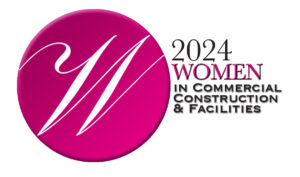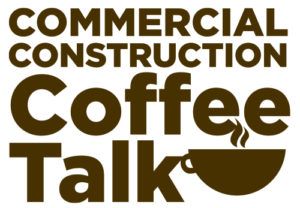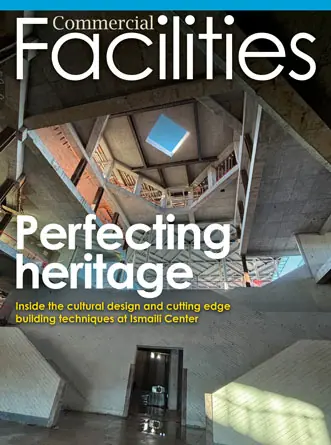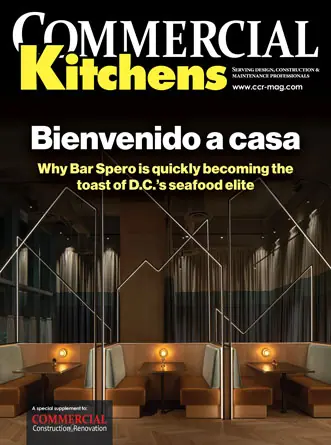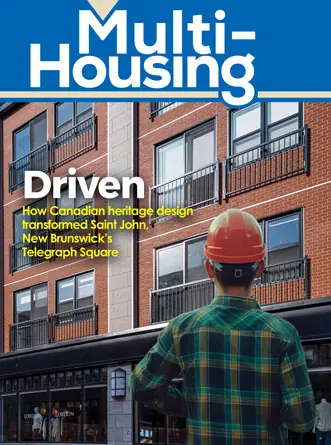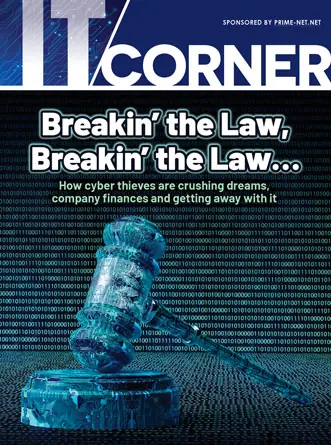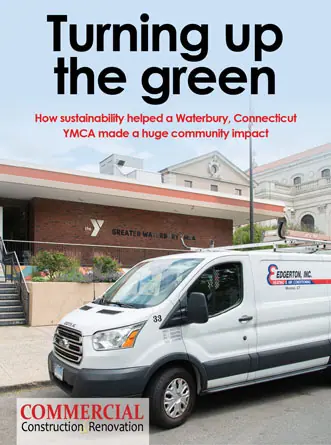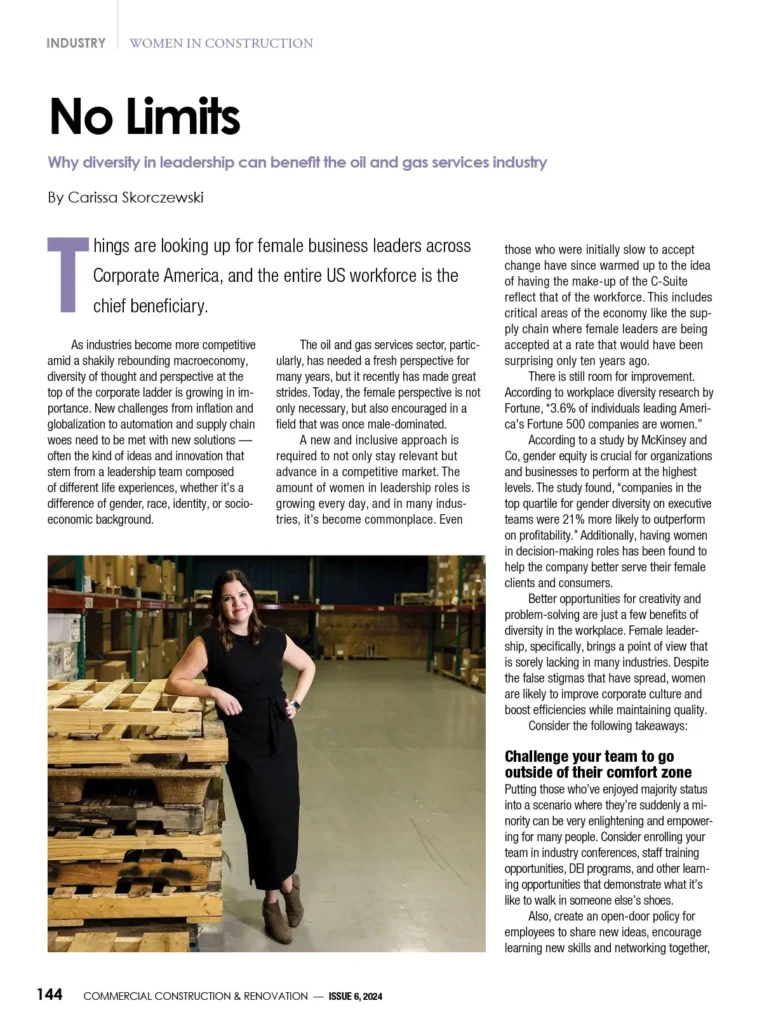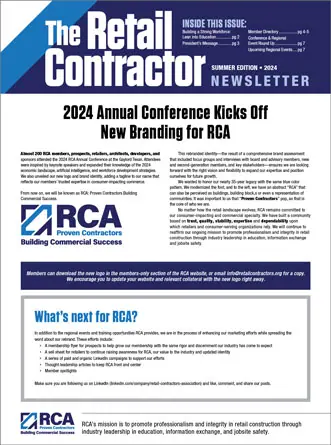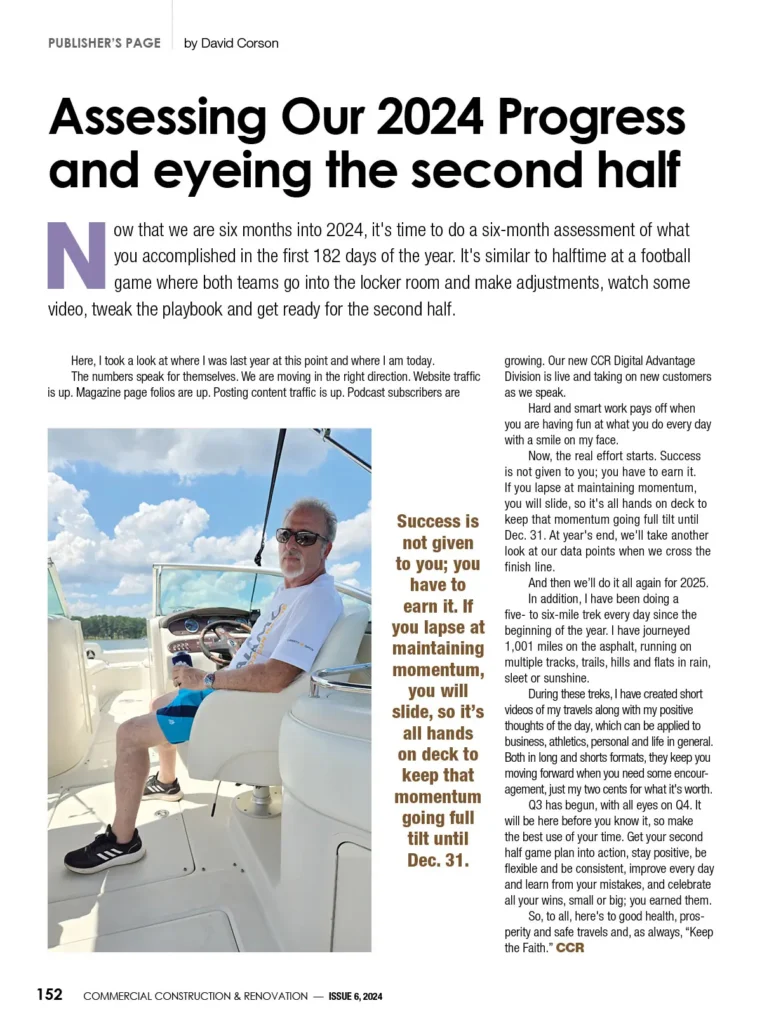Concrete — The backbone of modern infrastructure. In most cases, you’re never too far away from this most excellent building material.
With only four essential ingredients that combine to create structures that can last decades, plus the fact you can mold it to fit any shape that you need, it’s no surprise that Civil Engineers have depended on concrete to shape the cities and towns we live in today.
Though only four essential ingredients make up concrete, you’ll be surprised to know that many Civil Engineers dedicate their entire lives to improving this formula.
Over the years, there have been many advancements to concrete’s primary formula. In this article, we’ll review one of them — Glass-Fiber Reinforced Concrete (GFRC).
Why Concrete Needs Reinforcement
Before proceeding, you need to understand the two fundamental types of stress that concrete typically goes through — Compression and Tension.
- Compression: Forces that push the material together.
- Tension: Forces that pull the material apart.
On its own, concrete remains solid under compression and can easily withstand thousands of pounds of pressure. However, it doesn’t carry over under tension as concrete usually has about 10 to 15 percent of its toughness under stress compared to its compressive strength.
A building material that resists both tensile and compressive stress is vital when looking for the ideal building material. For example, if a building were to bend under high winds, one side of the concrete is put under more tension while the other is under more compression. It’s why you would add other forms of reinforcement to the concrete, such as steel rebar.
Why Not Use Steel Rebar For Everything?
There would be two reasons you’d need to consider why steel rebar isn’t the answer to all use cases.
Firstly, the weight of both concrete and steel. Remember that two concrete components, fine aggregate (sand) and coarse aggregate (gravel), are dense and heavy materials. The weight quickly adds up if you include steel rebar into this mix.
Secondly, you also need to consider the corrosion of the steel rebar. While concrete is relatively impermeable when set, it’s not impervious to moisture seeping in. Under load, concrete develops cracks when placed under tension since concrete does not stretch. These cracks allow water to seep in and corrode the steel inside, contributing to concrete deterioration.
How Glass-Fibers Help
GFRC, or Glass-Fiber Reinforced Concrete, aims to fix many problems associated with the typical steel rebar. While the glass fibers add tensile strength the same way steel rebar does, it doesn’t corrode like steel, eliminating the need for cover. You get a lighter concrete product without the corrosion problem and much of the same strength as steel-reinforced concrete.
GFRC can be made lighter and thinner without additional reinforcement. It makes for the perfect material to create countertops, exterior wall panels, and even glass fiber-reinforced cement access doors ready for outdoor use to its natural resistance to the elements.
Additional Benefits
- Less Manpower Needed: Because of its reduced weight, you can install GFRC products such as countertops, outdoor tables, and wall panels quicker, as you would need fewer people to move these items.
- Faster Turnaround Time: GFRC typically needs less water than traditional concrete mixes. Due to this, GFRC tends to cure faster, meaning you can mold it quicker than conventional concrete. Some GFRC projects can be set in as little as 24 hours, allowing you to get onto more projects in a shorter period.
- Fewer Worries of Cracking: The glass fibers are distributed thoroughly in a typical GFRC mixture. This distribution of glass fibers ensures you have localized tension resistance on a small scale that resists cracking.
- Easy 3D Structure Creation: Like regular concrete, you can spray GFRC too. If you can create a mold of your creation, chances are you can finish it using GFRC. You won’t be limited to the lack of tensile strength anymore, and you can unleash your creativity without worrying about the constraints of regular concrete.
Final Thoughts
It’s hard not to get excited with all the possibilities that glass fibers offer when mixed with concrete. Whether getting a new outdoor fireplace or a brand-new countertop, you’ll be glad to know that Glass-Fiber Reinforced Concrete has your back.







 The 2024 virtual Men’s Round Table will be held Q4, 2024, date TBD.
The 2024 virtual Men’s Round Table will be held Q4, 2024, date TBD.